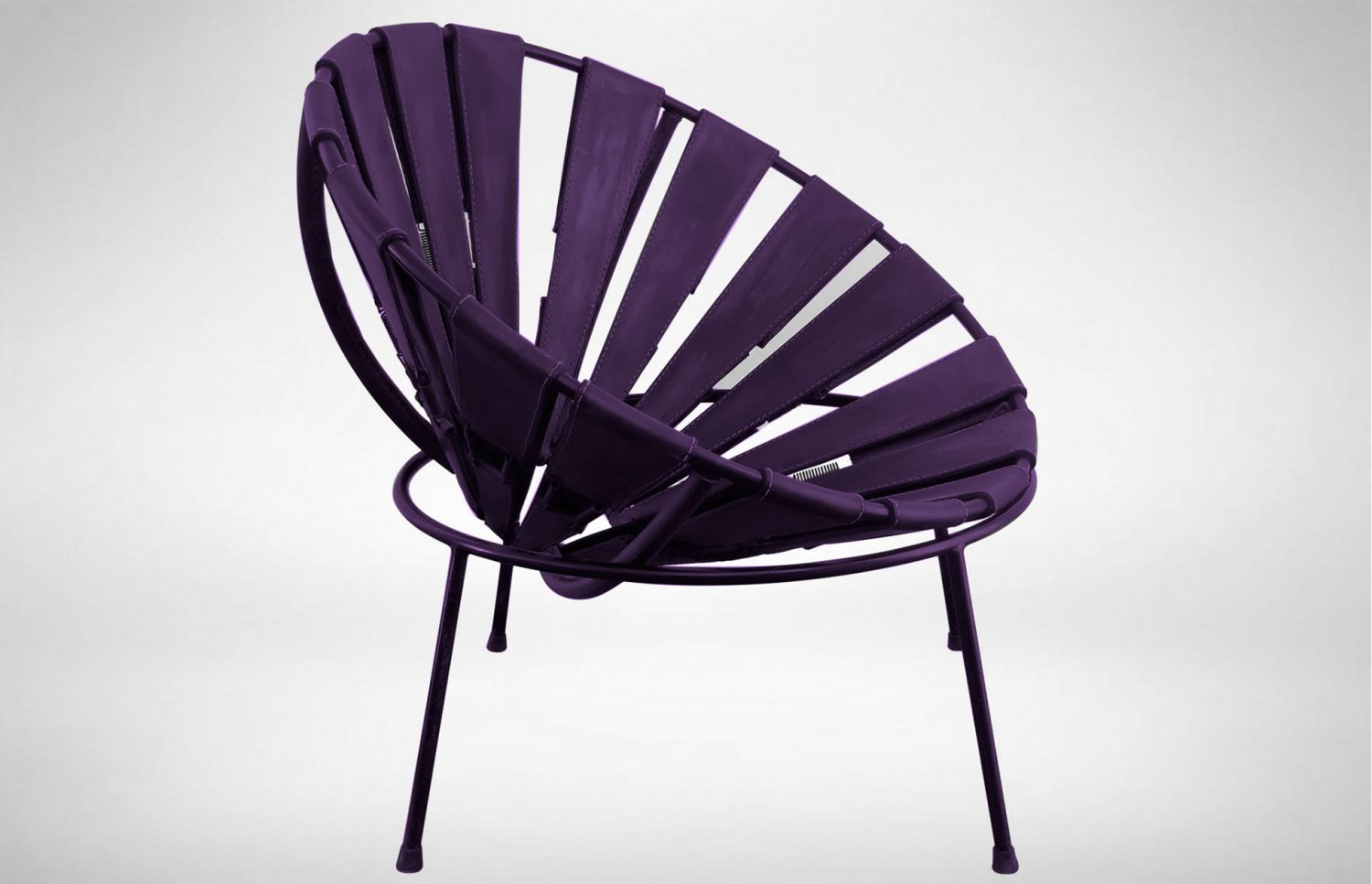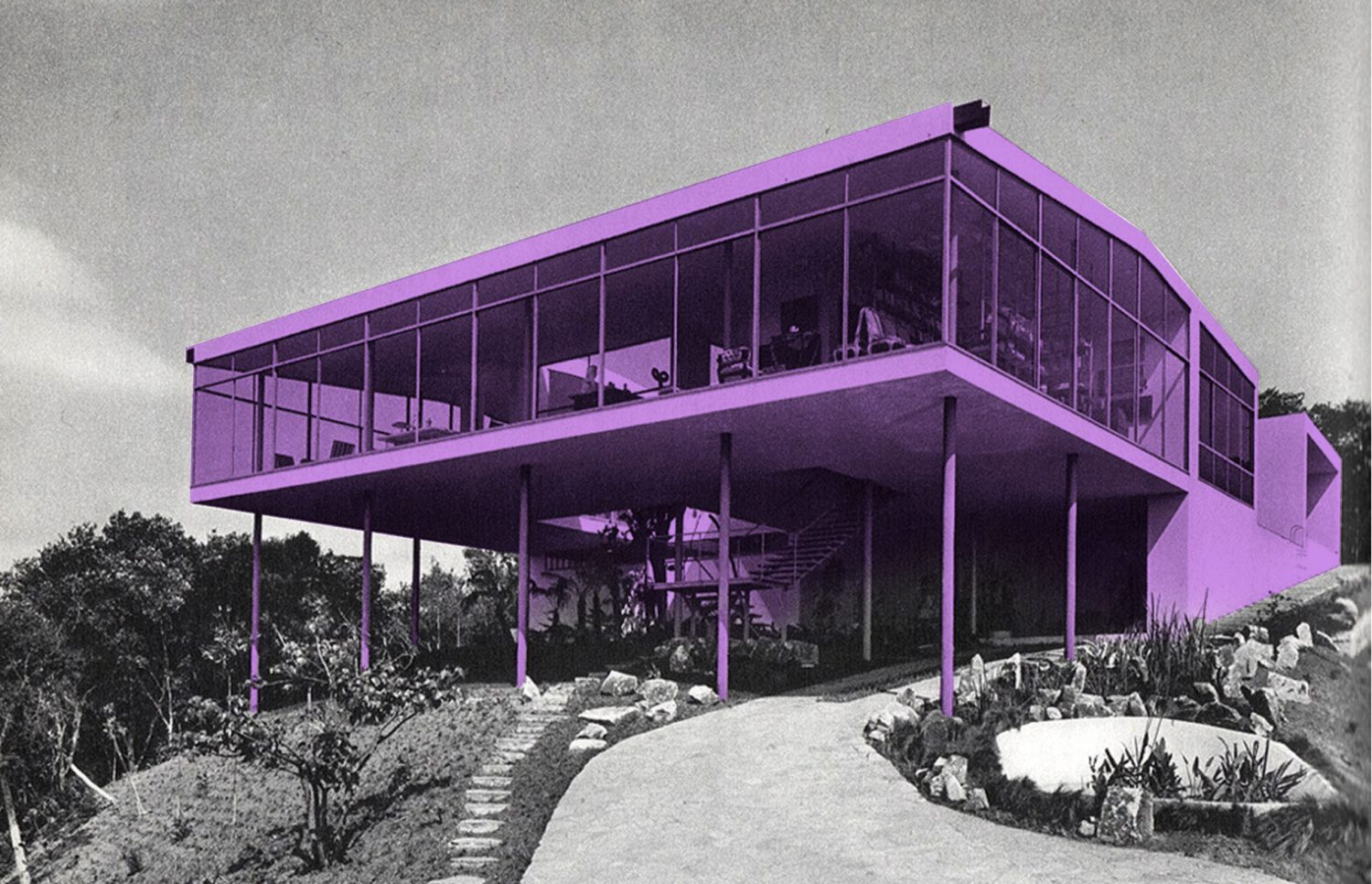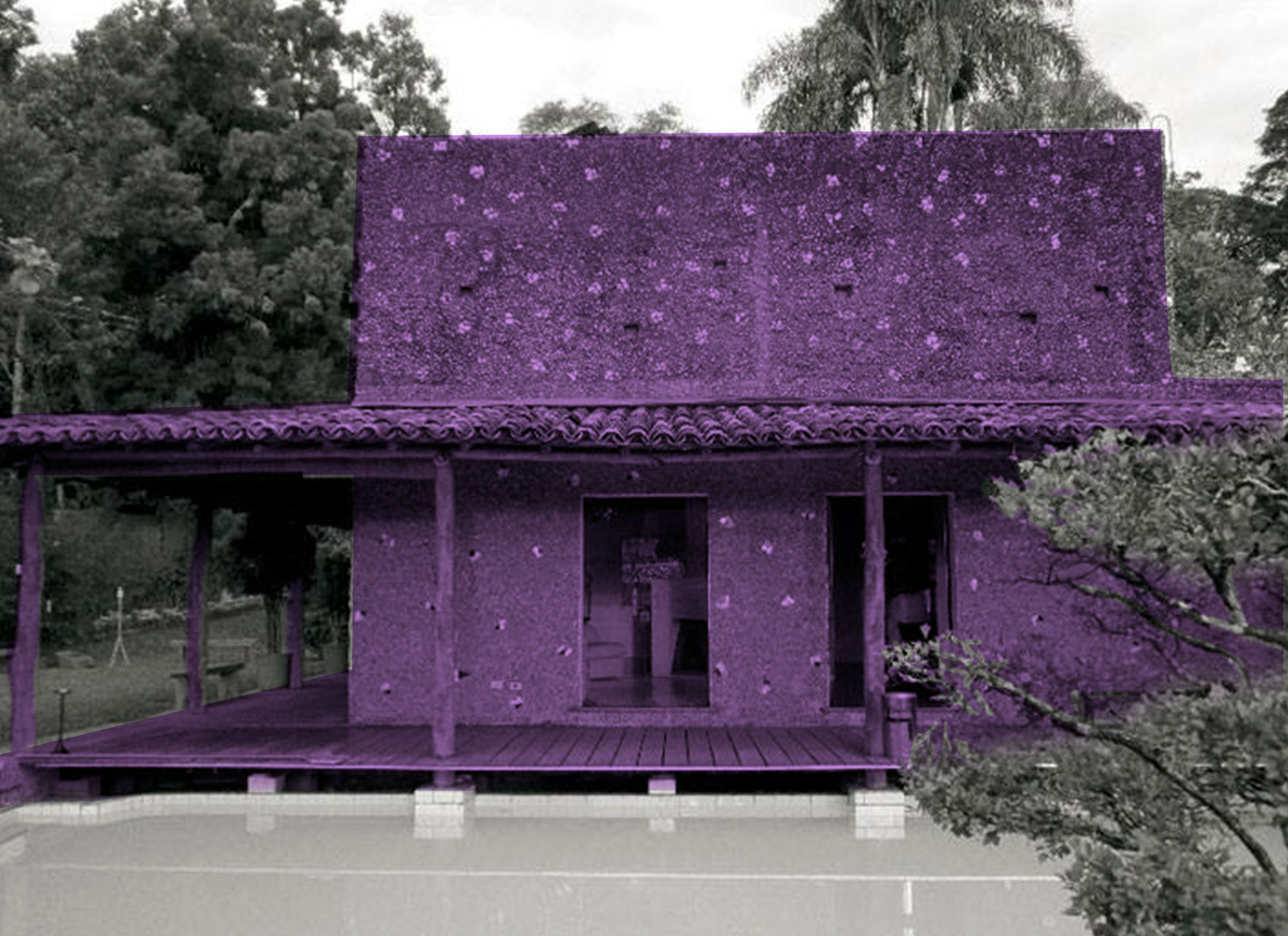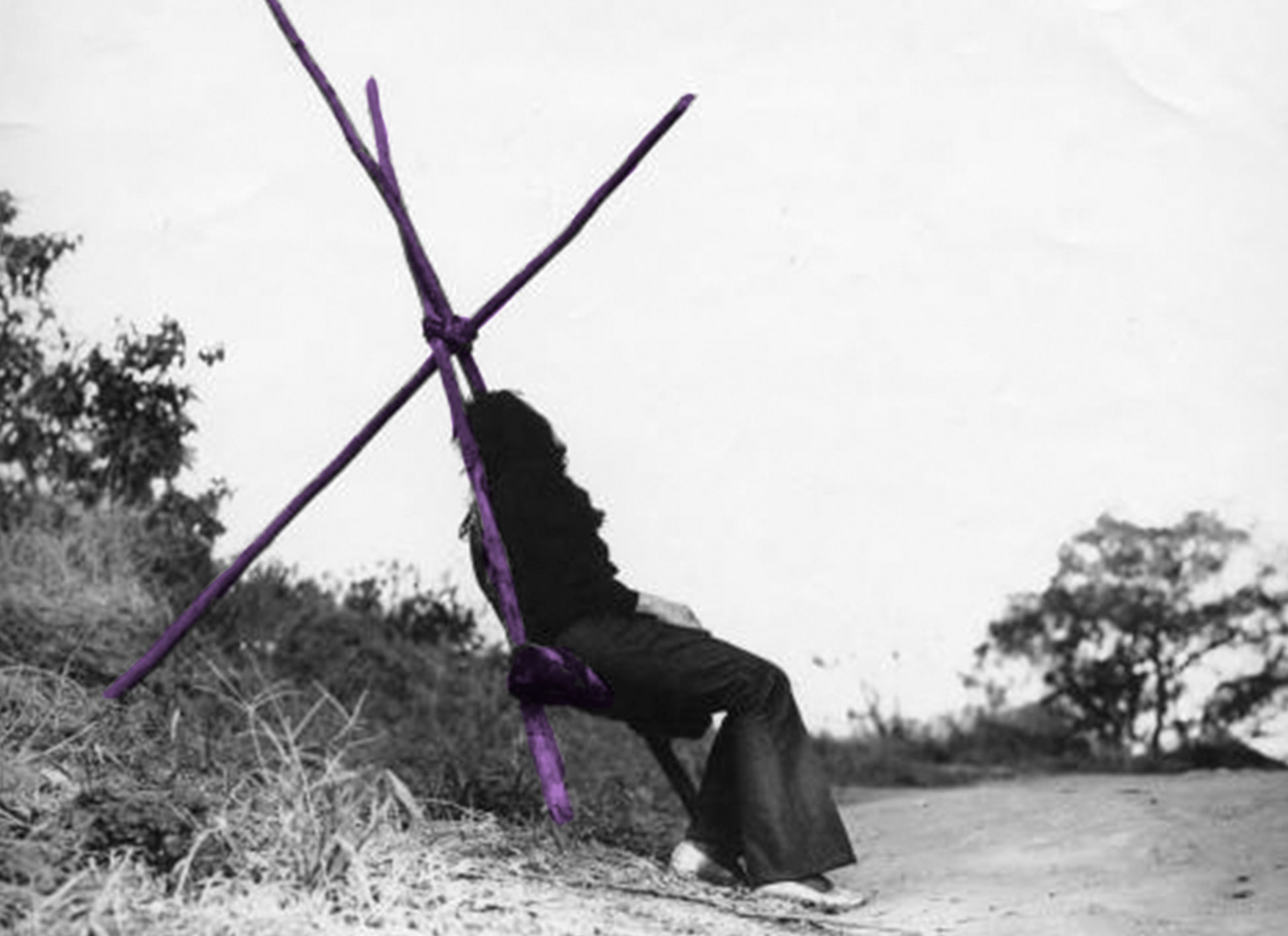INTERIOR
Chairs and Houses #Lina Bo Bardi
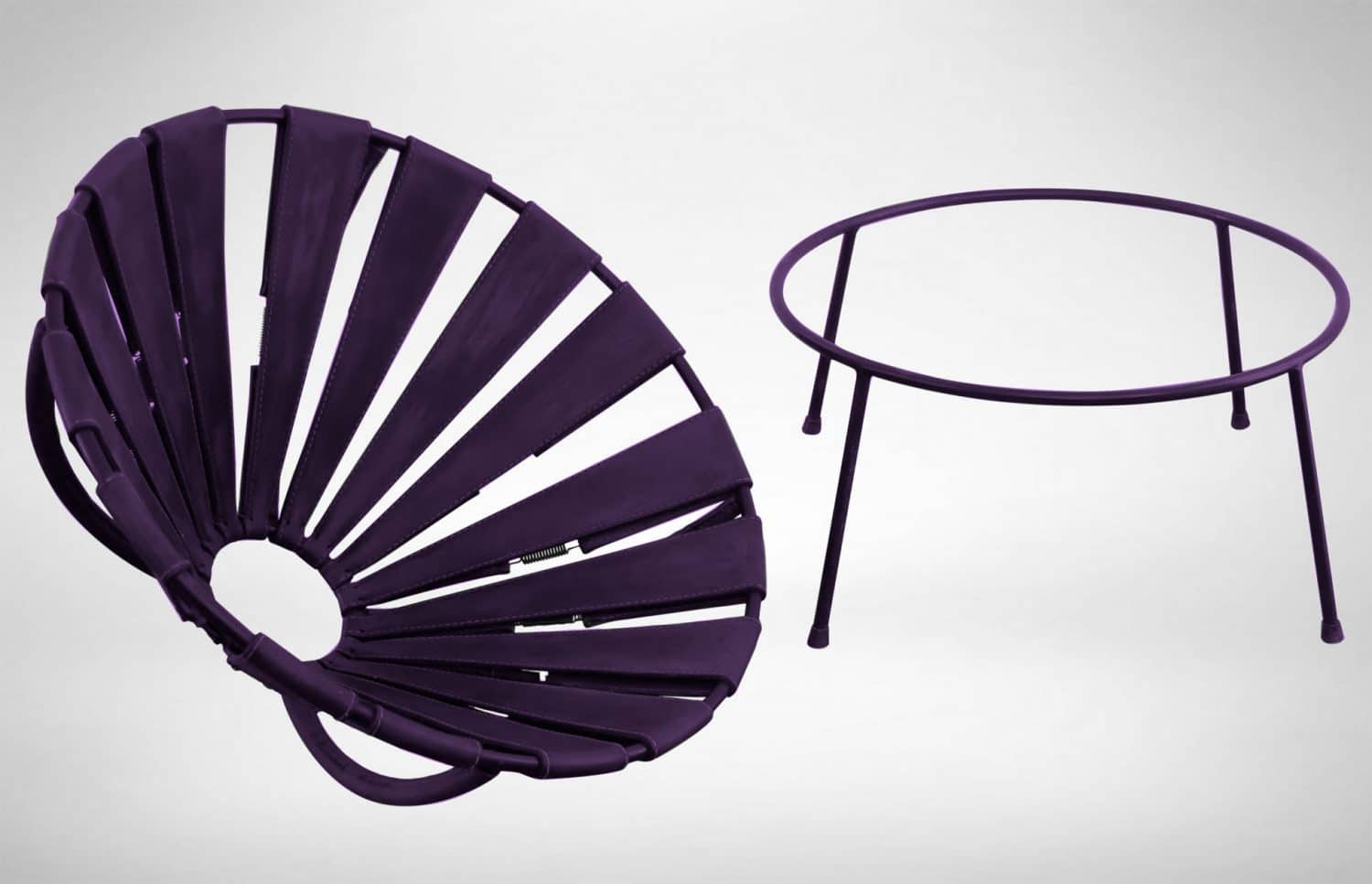
Lina Bo Bardi is one of the better-known women architects in modern architecture. She is also, along with Lúcio Costa and Óscar Niemeyer, a basic name in the history of Brazilian contemporary architecture.
Born in Italy, she started working in the Domus magazine directed by Gio Ponti, where she inherited an integral conception of architecture in which design and a revalorisation of the vernacular had the uttermost importance. After moving to Brazil in 1947, she founded Studio Palma, a firm dedicated to the design and production of modern furniture with a clear emphasis on the traditional techniques and materials of the Brazilian craftsmanship. This approach is illustrated by pieces such as the Tripé (Tripod) Chair or the Preguiçosa (Lazy)Chair.
We have this conviction and are persuaded that a peasant chair made of wicker and board is more moral and important than a frilly French-style divan.Lina Bo Bardi, interview in Diário de São Paulo, 1949
The house that she built for herself in 1951, the House of Glass, is still a clear example of orthodox modern architecture, a glass box on stilts. She designed for its interior the Bowl Chair, influenced by Brazilian aborigine tradition but made of typically modern materials such as steel and leather.
In her later work, Bo Bardi’s overcoming of modern orthodoxy and her contribution to an actually Brazilian modernity are more clearly stated. The emphasis on the vernacular became apparent in such houses as the Cirell House, the Chame-chame House or the House for Mário Cravo, but it turned into a proper manifesto towards vernacular simplicity in the cadeira a beira da estrada or the Chair by the Road.

